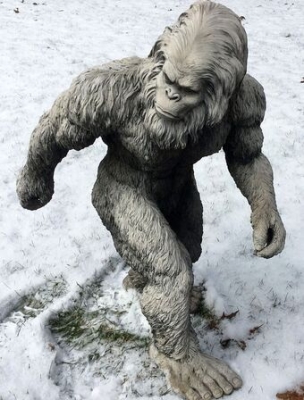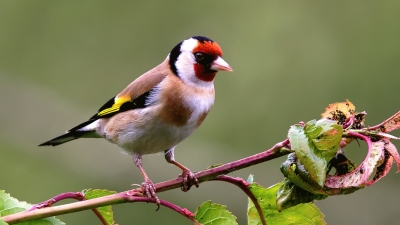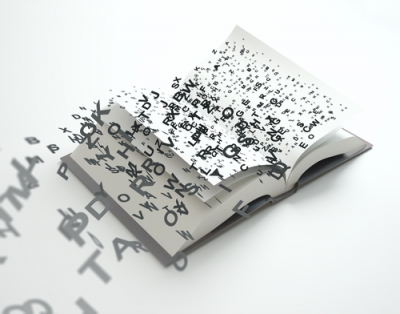
What is a précis?
A précis, in general terms, is a shortened form of a passage. It should be clear, compact and logical, and it should not reduce the beauty of the original passage. It is a condensed version that conveys the thoughts in the original passage. The dictionary defines it as a “concise summary”. A précis keeps all the important ideas of the original passage. It is a kind of shorthand for the passage.
How does it help you?
Practice in précis writing helps you to improve your skills in reading. It helps you to write to the point. It helps you to write only what is necessary and it helps you to choose the right words and phrases.
Where do we come across précis writing?
- Newspaper headlines – Safety Meeting Ends in Accident
- Tag lines of articles and lessons – The True Story of a Real Fake
- Opening paragraph of a newspaper story, lecture or notes – Happy families are all alike; every unhappy family is unhappy in its own way.
- Advertisements – Just do it
Steps to follow
- Read the whole passage carefully. Read it twice – once to understand what the passage is about. The second time, separate the major points from the minor ones. What can be left out?
- Recognize the author’s tone and viewpoint. Is he saying “yes”? Is he saying “no”?
- Re-read the passage if necessary for clear comprehension (understanding) of ideas.
- Write in direct, assertive language. You are not arguing your points or explaining them. You are just stating them. Use statement (declarative sentences). Don’t refer to the author (“Tagore said that…”), just state directly what the author said.
- Underline key phrases, make notes in the margin.
- Observe the emphasis (what does the author feel strongly about?) used by the author.
- Understand the importance of ideas that the author develops with the use of supporting facts and examples.
- Do not use the specific examples, figures of speech or quotations cited by the author in your précis.
- When you are selecting ideas from a passage, ask yourself the following question: If this idea were omitted, would the basic meaning of the passage be changed?
What should I remember?
The goal is to communicate to the reader (and yourself) the main thesis and the major points in the most succinct form.
- Be alert to what is being said in the passage.
- Keep the author’s viewpoint in mind. Respect what he says in the passage.
- Learn to distinguish between major and minor points.
- Learn to emphasise what is important and leave out the fluff.
How exactly do I write the précis?
- Try to limit your précis to no more than 1/3 the length of the original passage.
- Use clear, factual expressions, do not attempt to copy the style of the original source.
- Do not copy a single sentence from the article! You may use the author’s key words and phrases only when they are technical. Understand exactly what the author means, and there is really no better way than to write it in your own words.
- Do not introduce ideas of your own. Do not criticize or change the author’s ideas. This is not your writing. You are just condensing the passage for the reader.
The final checklist:
- Is it a correct summary of the key points?
- Is it comprehensive, touching on all the key points?
- Is it efficient, saying a lot in a brief way?
- Is the presentation clear to the reader?
- Is the writing – grammar, spelling, etc, correct?
How to go about it
Look at a simple example of précis writing
Today there are 6000 million people in the world. Fifty years ago only about 2000 million people lived in it. If Earth’s population were evenly distributed over its land surface, there would be about 1000 persons to the square mile. But Earth has vast areas of forest, mountains and desert which are almost totally uninhabited. On the other hand, it has great cities each with millions of people living in a few square miles. To feed the fast-growing population of our earth, scientists and planners have to discover new ways to produce more. One possible way is to bring more land under cultivation. This can be done only in places where there is a lot of land not used for agricultural purposes. In many places this is no longer possible as all the arable land is already cultivated. A second way is to make use of new types of seeds to produce more. Already a number of new strains of paddy and wheat have been developed in different parts of the world. India is one of the countries where a lot of useful work has been done in the field of agriculture research. (193 words)
Step 1: underline key words or ideas
Step 2: write notes
- Increase in world population in last fifty years
- Population feeding solutions
- What has been done
Step 3: Use your own words to express these key ideas more concisely and to develop a paragraph (of one-third of the length) which conveys the original message accurately and is clear, concise and coherent.
The Précis
World Population and Food Production
During the last fifty years, the world population has increased from 2000 to 6000 million. It is unevenly distributed with millions of people living in a few big cities. Scientists in India and abroad are, therefore, busy with agriculture research to find out new methods of increasing food production to feed them all and they have already developed many new strains of paddy and wheat. (65 words)
Picture Credit : Google










